If you’re like most people, you probably have a few house plants that you take care of. And, if you’re like most people, you probably don’t want those plants to be covered in mushrooms. Here’s how to keep your house plants free of mushrooms.
How To Keep Your House Plants Free Of Mushrooms
Mushrooms are a type of fungi that can grow in your indoor plants. They are often found in damp, dark places.
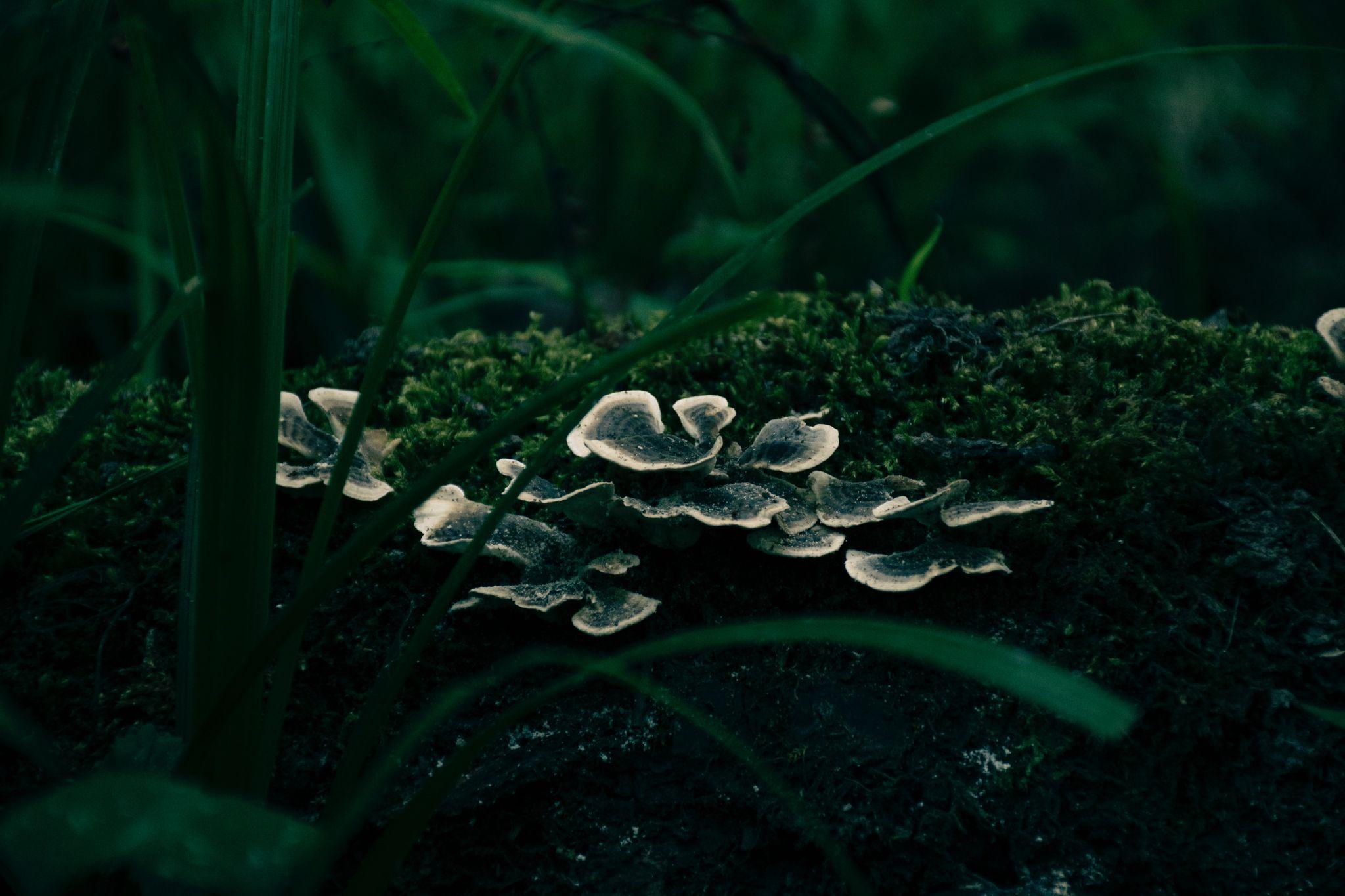
Credit: Unsplash
To prevent mushrooms from growing in your indoor plants, you can:
- Keep your indoor plants in a well-ventilated area.
- Water your indoor plants regularly, but do not over-water them.
- Remove any dead leaves or plant matter from your indoor plants.
- Avoid using mulch made from mushroom compost.
- Make sure your indoor plants have enough light.
- Check your indoor plants regularly for mushrooms.
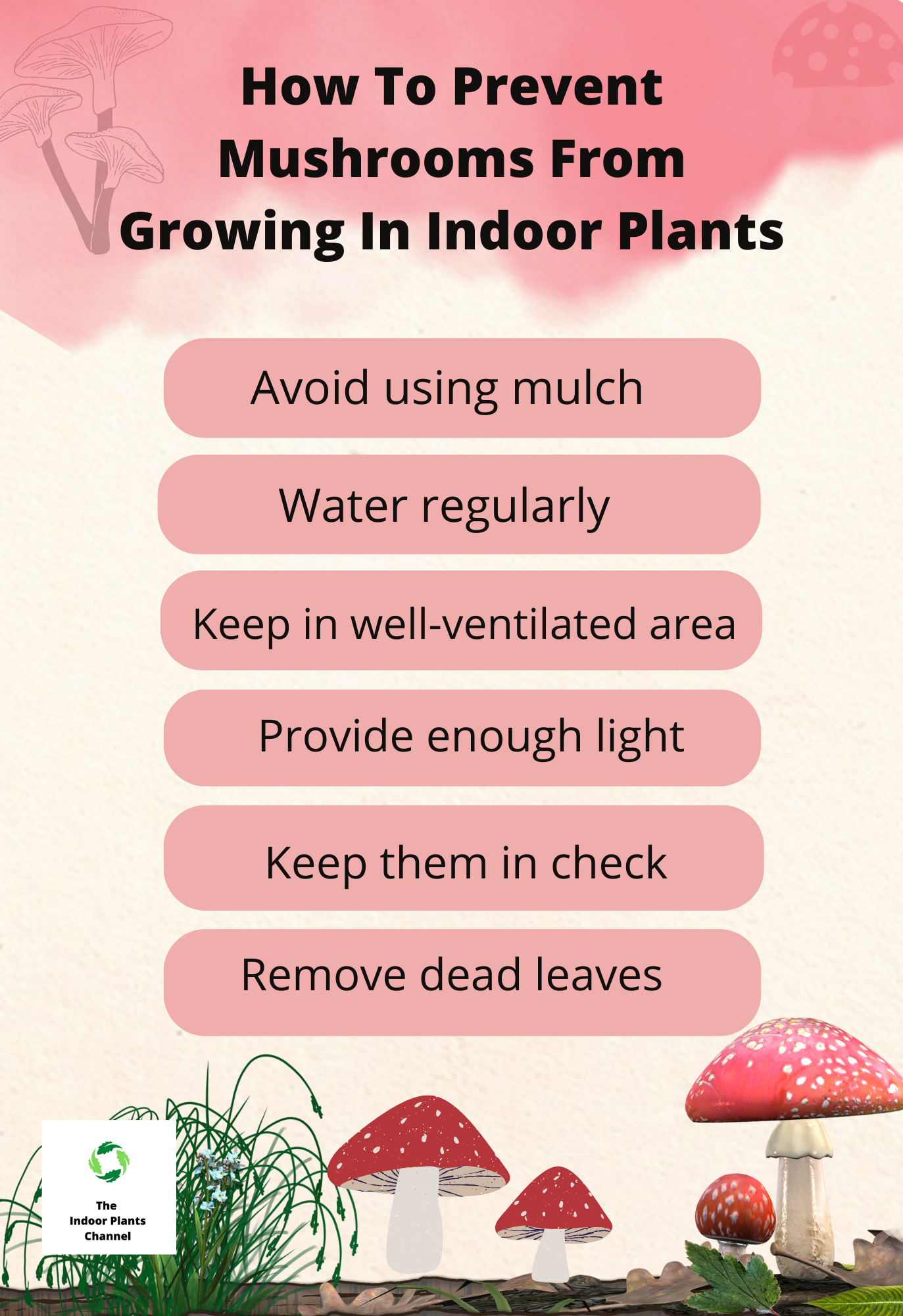
If you find mushrooms growing in your indoor plants, you can remove them by:
- Picking them off by hand.
- Brushing them off with a soft brush.
- Cut them out with a sharp knife.
- Using a fungicide.
Why Are Mushrooms Growing In My House Plants
Mushrooms are a type of fungi that can grow in many different environments, including on plants. While mushrooms growing on houseplants is not necessarily a cause for concern, it is something to be aware of, as some types of mushrooms can be harmful to plants (and humans, if ingested).
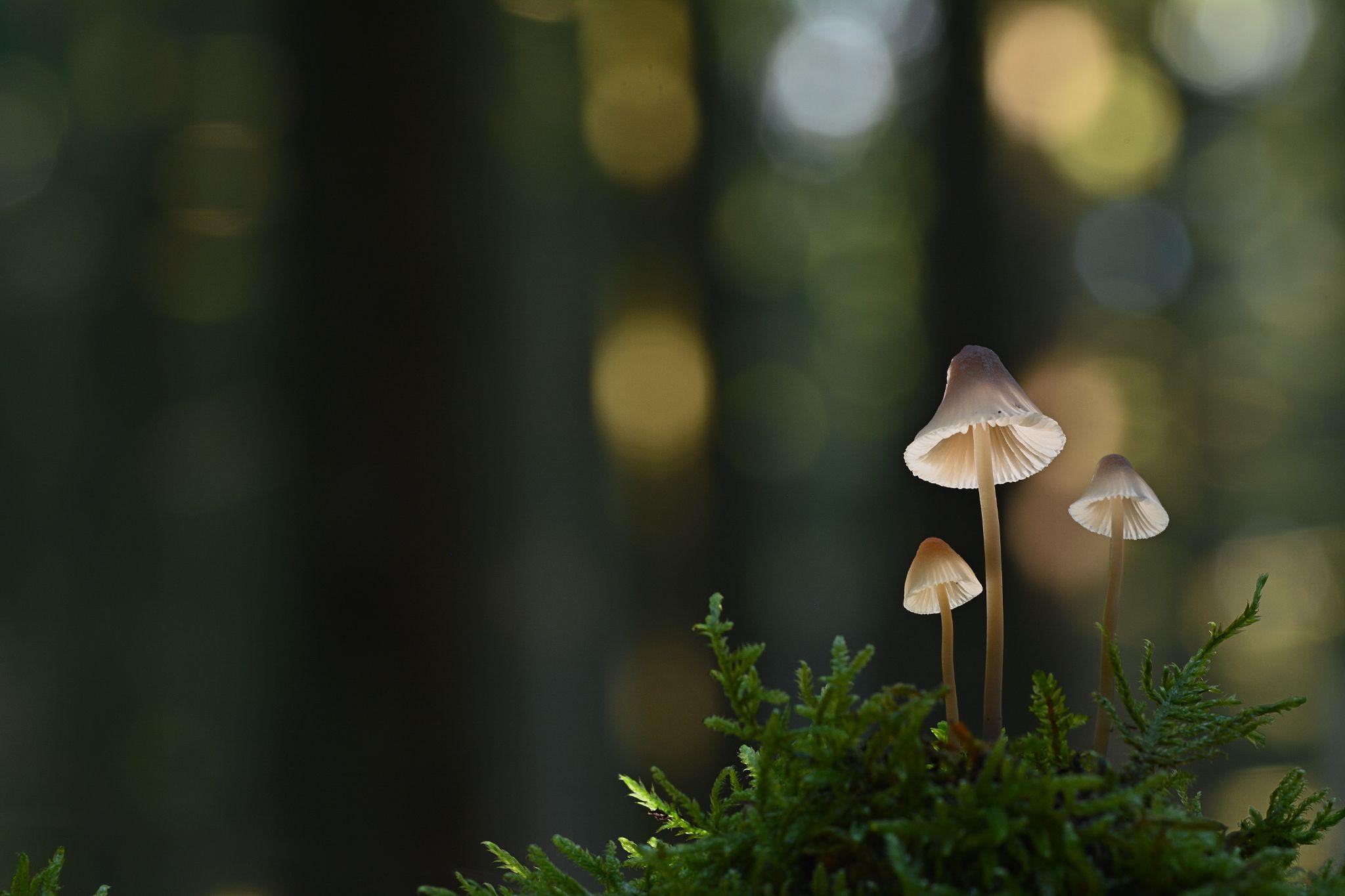
Credit: Pexels
There are many reasons why mushrooms might start growing on your houseplants. It could be due to the type of plant you have, the environment the plant is in, or even something as simple as the way you water your plants.
If you’re noticing mushrooms and you’re not sure why there are a few things you can do to try to figure it out.
1. Type Of Plant
Take a look at the type of plant you have. Some plants are more susceptible to mushroom growth than others. If you have a plant that is known to attract mushrooms, it’s more likely that you’ll see them growing on it.
2. Environment
Take a look at the environment your plant is in. Mushrooms need a moist environment to grow, so if your house is particularly humid or your plant is in a location that doesn’t get a lot of air circulation, that could be why you’re seeing mushrooms.
3. Watering Habits
Consider your watering habits. Mushrooms can also grow if the plant is overwatered, so if you’re watering your plants more than necessary, that could be another reason for mushroom growth.
If you’re not sure why mushrooms are growing on your houseplants, it’s best to consult with a professional. They can help you figure out the cause and determine the best way to get rid of the mushrooms.
The Dangers Of Mushrooms In Your Indoor Plants
Mushrooms are a type of fungi that can grow in soil, on trees, or even on indoor plants. While some mushrooms are edible, others can be poisonous. If you have mushrooms growing in your indoor plants, it is important to remove them as soon as possible.
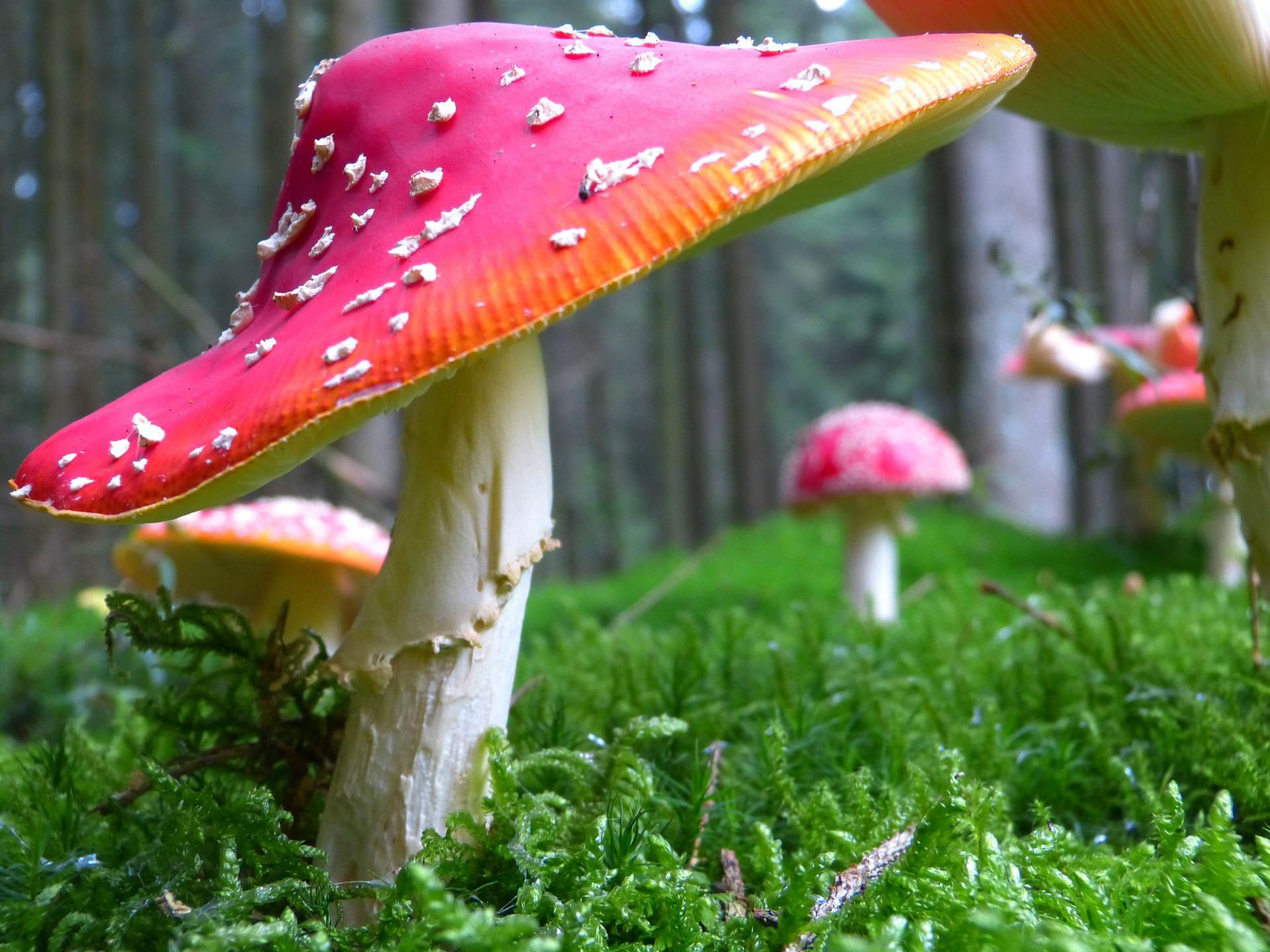
Credit: Pixabay
1. Respiratory Problems
Mushrooms release spores into the air, which can cause respiratory problems in humans. Inhaling spores can trigger allergies or asthma attacks. In severe cases, it can even lead to pneumonia.
2. Damage Your Plant
Mushrooms can also damage your plants. The roots of the fungi can penetrate the roots of your plants and steal nutrients. It can weaken your plants and make them more susceptible to diseases.
If you find mushrooms growing in your indoor plants, it is best to remove them immediately. You can do this by carefully digging them out of the soil or cutting them off at the base. If you are unsure of how to remove the mushrooms safely, you can contact a professional.
How To Prevent Mushrooms From Growing In Your Indoor Plants
Indoor plants can be susceptible to mushroom growth, especially if they are kept in humid environments. There are a few things you can do to make your plants more resistant to mushrooms:
- Improve air circulation around your plants.
- Keep the humidity in your home low.
- Use a sterile potting mix for your plants.
- Inspect your plants regularly for any signs of mushroom growth.
- Remove any mushrooms you find as soon as possible.
By following these tips, you can help keep your indoor plants healthy and free of mushrooms.
How To Control The Growth Of Mushrooms In Your Indoor Plants?
If you see mushrooms growing in your indoor plants, you may be wondering if you should be worried. The answer is that it depends on the type of mushroom. Some mushrooms are harmless and can even be beneficial to your plants, while others can be harmful.
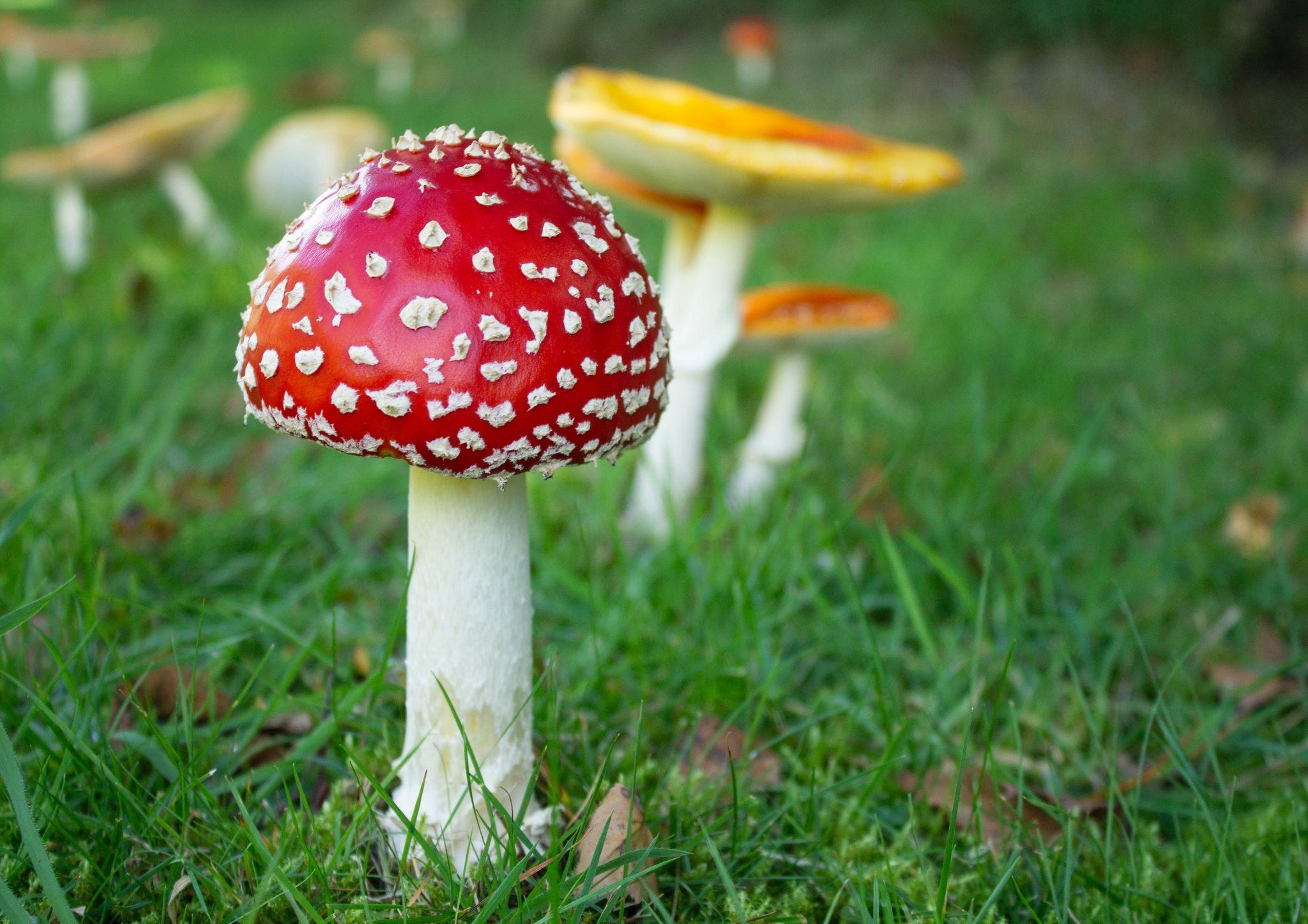
Credit: Pexels
- Some mushrooms, such as the oyster mushroom, are beneficial to plants. Oyster mushrooms help break down organic matter in the soil, which can improve the health of your plants. If you have oyster mushrooms growing in your indoor plants, you can leave them be.
- On the other hand, some mushrooms can be harmful to your plants. For example, the fly agaric mushroom is poisonous to both humans and animals. If you see this type of mushroom growing in your indoor plants, you should remove it immediately.
If you are unsure of what type of mushroom is growing in your plant, it is best to err on the side of caution and remove it. You can take a sample of the mushroom to your local Cooperative Extension office or garden center to have it identified.
5 Easy Ways To Get Rid Of Mushrooms In Your Indoor Plants
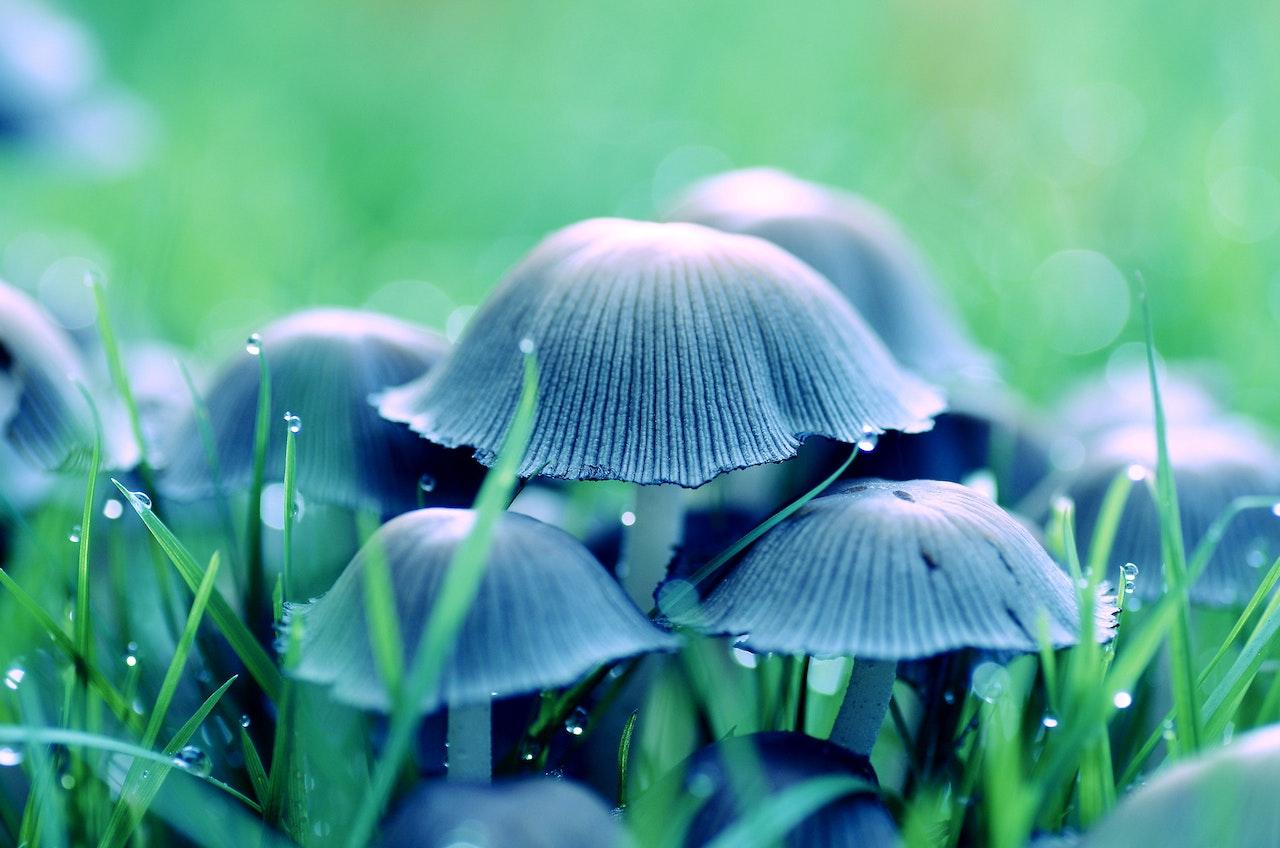
Credit: Pexels
1. Keep Your Plants Clean
Mushrooms love damp and dirty environments. So the first step to getting rid of mushrooms is to keep your plants clean. This means regular watering and misting, as well as wiping down the leaves to remove any dirt or debris.
2. Increase Air Circulation
Mushrooms thrive in humid environments. By increasing air circulation in your home, you can make it less hospitable for mushrooms. This can be done by opening windows and doors, using fans, or placing a dehumidifier in the room.
3. Reduce Moisture
As mentioned, mushrooms love damp environments. So, to discourage them, you should try to reduce the moisture in your home. This can be done by fixing any leaks, using a dehumidifier, or avoiding overwatering your plants.
4. Use Fungicides
If you have a mushroom problem that you can’t seem to solve, you may need to resort to using fungicides. These are chemicals that kill mushrooms and can be found at your local garden center. Just be sure to follow the instructions carefully, as fungicides can also be harmful to plants.
5. Remove Affected Plants
If all else fails, you may need to remove any plants that are heavily infested with mushrooms. This is usually a last resort, as it can be difficult to find replacement plants. But if your home is constantly being overrun by mushrooms, it may be the only way to solve the problem.
Are All Mushrooms Bad For Indoor Plants?
Mushrooms are the fruiting bodies of fungi, and many of them are very beneficial to plants. Some of the most popular houseplants, such as pothos and philodendrons, are grown in association with mushrooms.
Mushrooms help plants to obtain nutrients and water, and they can also protect plants from harmful bacteria and fungi. In return, plants provide mushrooms with a place to grow and a source of food. This symbiotic relationship is known as mycorrhiza, and it is essential for the health of both plants and mushrooms.
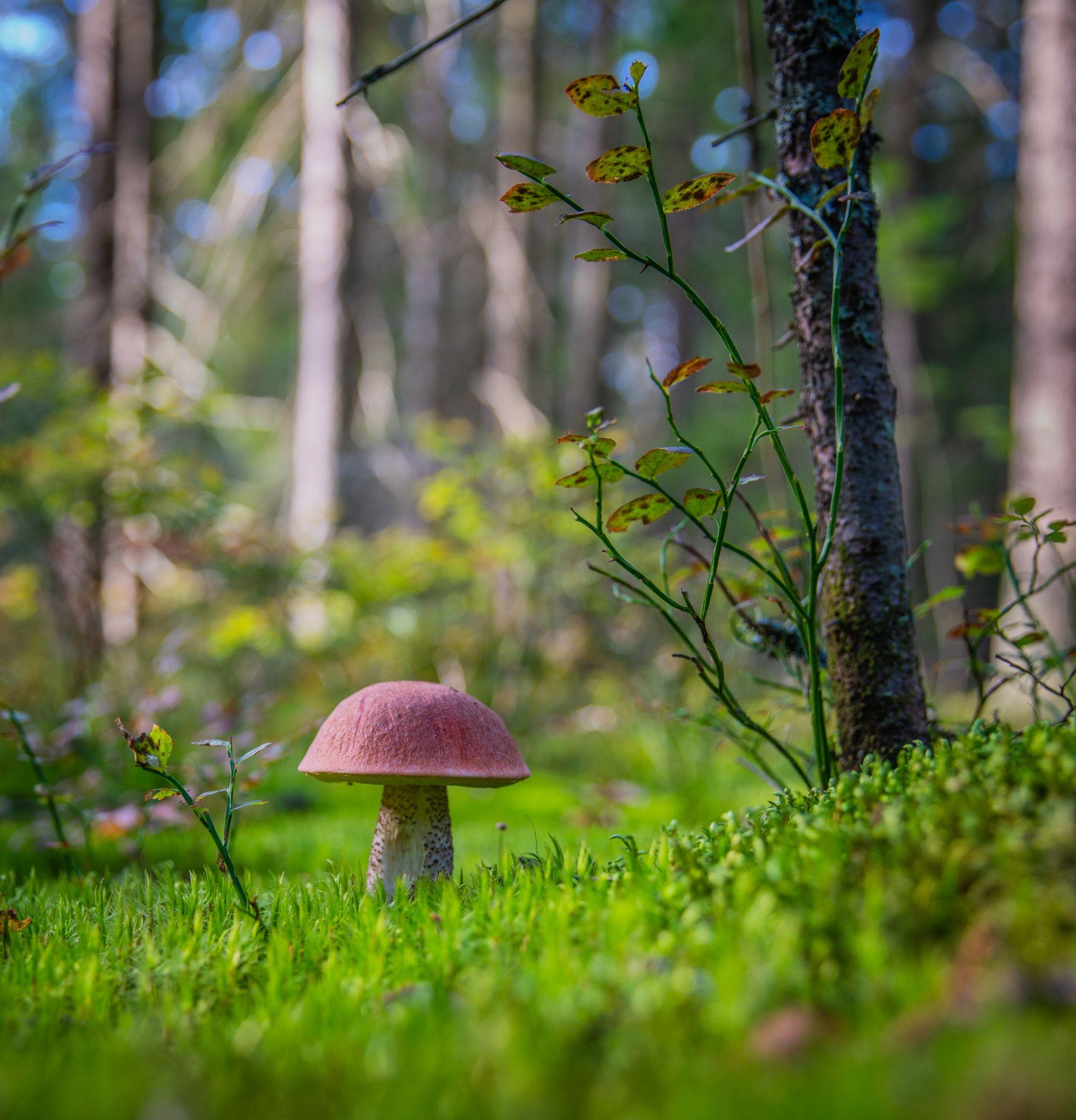
Credit: Pexels
If you want to grow healthy plants indoors, then you should consider growing mushrooms as well. Many different types of mushrooms can be grown indoors, and each has its benefits. Choose a mushroom suited to the type of plant that you are growing, and be sure to provide the mushroom with the correct environment and conditions.
With a little care and attention, you can create a perfect match between indoor plants and mushrooms!
The Benefits Of Mushrooms In Your Indoor Plants
Mushrooms are not only a great source of food, but they can also be beneficial to your indoor plants. Mushrooms help to break down organic matter, release nutrients into the soil, and improve drainage. They can also help to control pests and diseases.
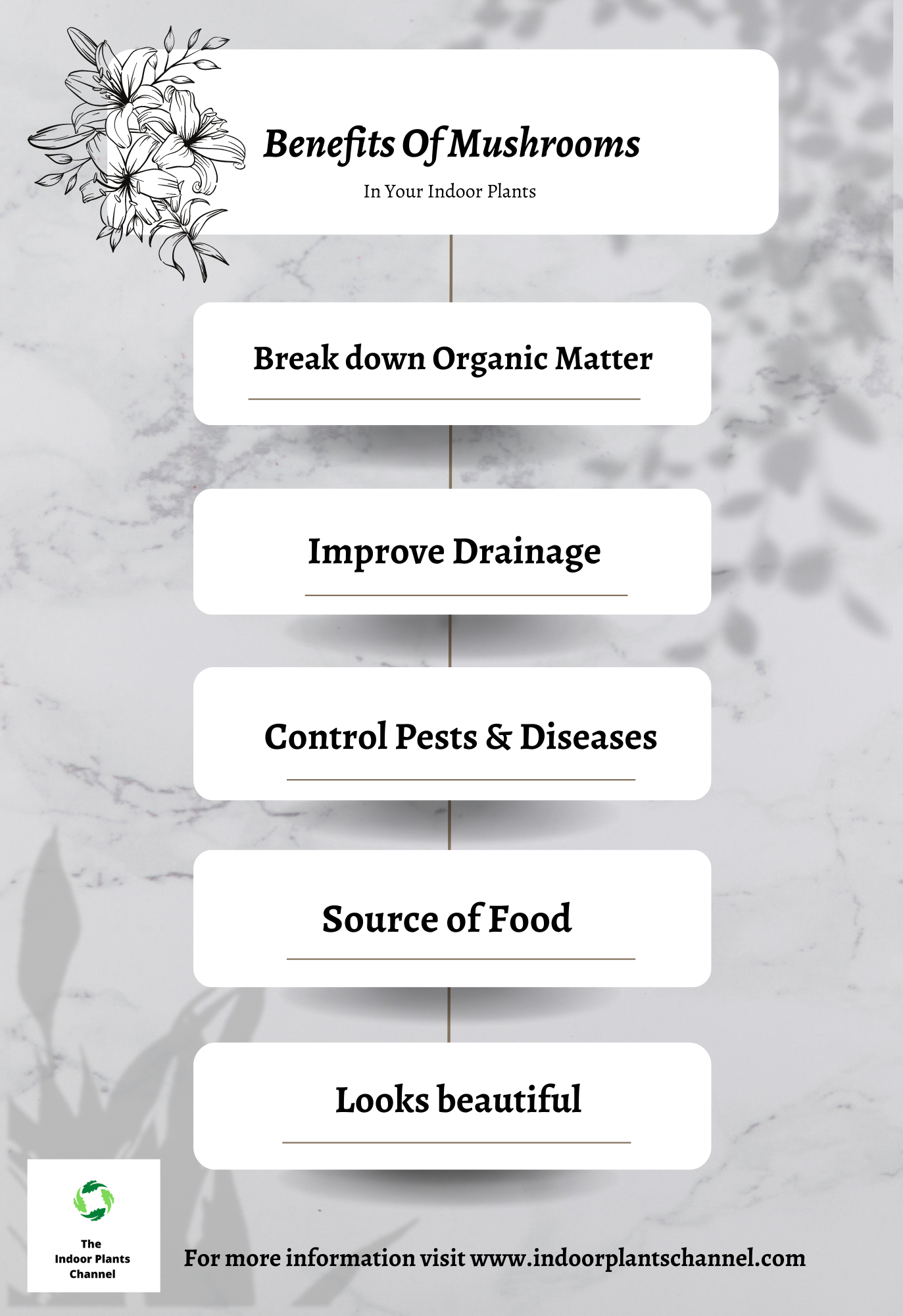
Here are some of the benefits of mushrooms in your indoor plants:
1. Decompose Organic Matter
When mushrooms decompose organic matter, they release nutrients into the soil that can be used by plants. This process is called biological decomposition.
2. Improve Drainage
Mushrooms can help to improve the drainage of your indoor plants. They do this by breaking down organic matter and improving the structure of the soil.
3. Control Pests And Diseases
Mushrooms can help to control pests and diseases in your indoor plants. They do this by releasing chemicals that kill or repel pests and diseases.
4. Source Of Food
Mushrooms are a source of food for many animals, including humans. They are a good source of protein, fiber, vitamins, and minerals.
5. Look Beautiful
Mushrooms come in a wide variety of shapes, sizes, and colors. Some mushrooms are even luminescent!
Why Mushrooms Love Indoor Plants
Mushrooms are a type of fungus that thrives in moist environments. They are often found in forests or gardens, where they help decompose organic matter.
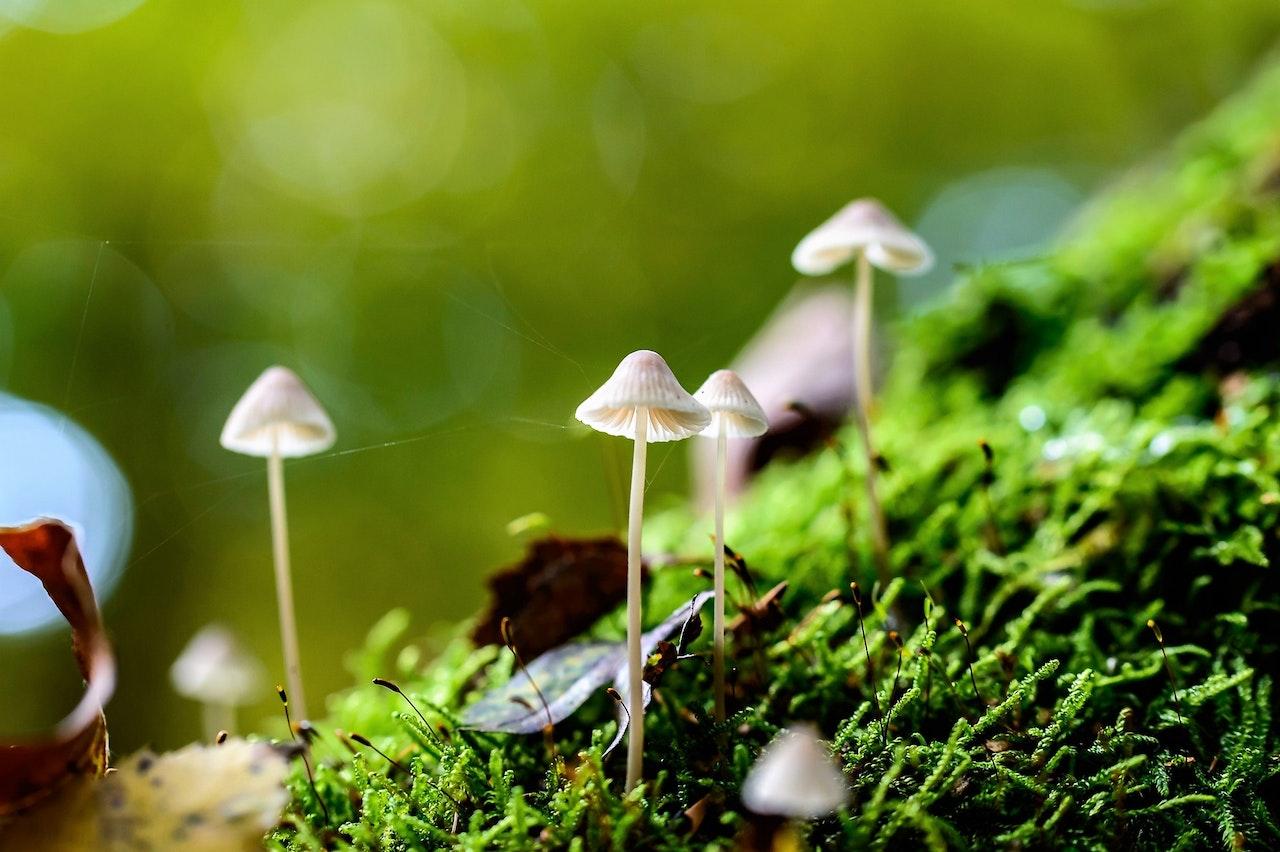
Credit: Pexels
Mushrooms also like to grow on indoor plants. It is because indoor plants provide the perfect environment for mushrooms to thrive: they are usually moist and have plenty of organic matter for the mushrooms to feed.
Mushrooms can be beneficial for indoor plants, as they help to decompose organic matter and improve the plant’s soil. However, mushrooms can also be a nuisance, as they can grow out of control and damage the plant.
If you find mushrooms growing on your indoor plants, you can remove them by hand or with a fungicide. You can also try to prevent them from growing in the first place by keeping your plants clean and dry.
5 Indoor Plants That Mushrooms Love
- Ferns
- Orchids
- Bromeliads
- Begonias
- African violets
Expert Ideas
- Add some fungicide to your plant’s soil to prevent the mushrooms from coming back.
- Remove the mushrooms from the plant and dispose of them.
- Check the plant for other signs of disease or pests and take appropriate action.
- Monitor the plant closely and remove any mushrooms that appear.
Bonus Tip
Mushrooms are often found in houseplants because the conditions are ideal for their growth: warm, humid, and with plenty of organic matter for them to feed on. The best thing is to remove them as soon as possible.
If you don’t want to remove them, you can try to control their growth by increasing ventilation and reducing moisture.
Frequently Asked Questions
1. What are mushrooms and can they grow in my plants?
Mushrooms are a type of fungi, and many different types of fungi can grow in your houseplants. Mushrooms usually grow in damp, dark places, and they can often be found growing in houseplants that are kept in humid conditions.
2. Why are mushrooms growing on my houseplants?
There are a few different reasons why mushrooms might start growing in your houseplants. One reason could be that the conditions in your home are perfect for them to grow. Another possibility is that your plants are already infected with a type of fungi, and the mushrooms are just a symptom of that infection.
3. What should I do if I find mushrooms growing in my houseplants?
If you find mushrooms growing in your houseplants, you should remove them as soon as possible. You can do this by carefully digging them out of the soil, or by spraying them with a fungicide. If the mushrooms keep coming back, it might be a good idea to get rid of the affected plant.
Conclusion
Mushrooms are a common problem for houseplants. They can be difficult to get rid of and can cause serious damage to your plants. However, there are a few things you can do to keep your houseplants free of mushrooms.
- First, make sure that your houseplants are getting enough sunlight.
- Second, water your plants properly.
- Finally, if you do find mushrooms growing on your houseplants, remove them immediately.
By following these simple tips, you can keep your houseplants healthy and free of mushrooms.
Michelle Wilde
Related posts
1 Comment
Leave a Reply Cancel reply
![]()
About Michelle Wilde
Michelle Wilde is a stay-at-home mom and avid plant lover. Armed with a post-graduate degree in Computer Science (no kidding!), she loves researching plants and landscapes. When she is not caring for her 4 kids, she spends time on her passion for plants. She blogs at www.indoorplantschannel.com, the trusted source for indoor plants.
Learn more
Subscribe
* You will receive the latest posts and updates about indoor plants!
Search
Recent Posts
Categories
- Beginner Guides (10)
- FAQ (206)
- General (2)
- How-To Guides (212)
- Indoor Plants (214)
- Pest Management (2)
- Plant Problem Solutions (4)
- Seasonal Growing (2)
- Specialized Environments (2)
- Specific Plant Care (3)
- Technical Growing (2)
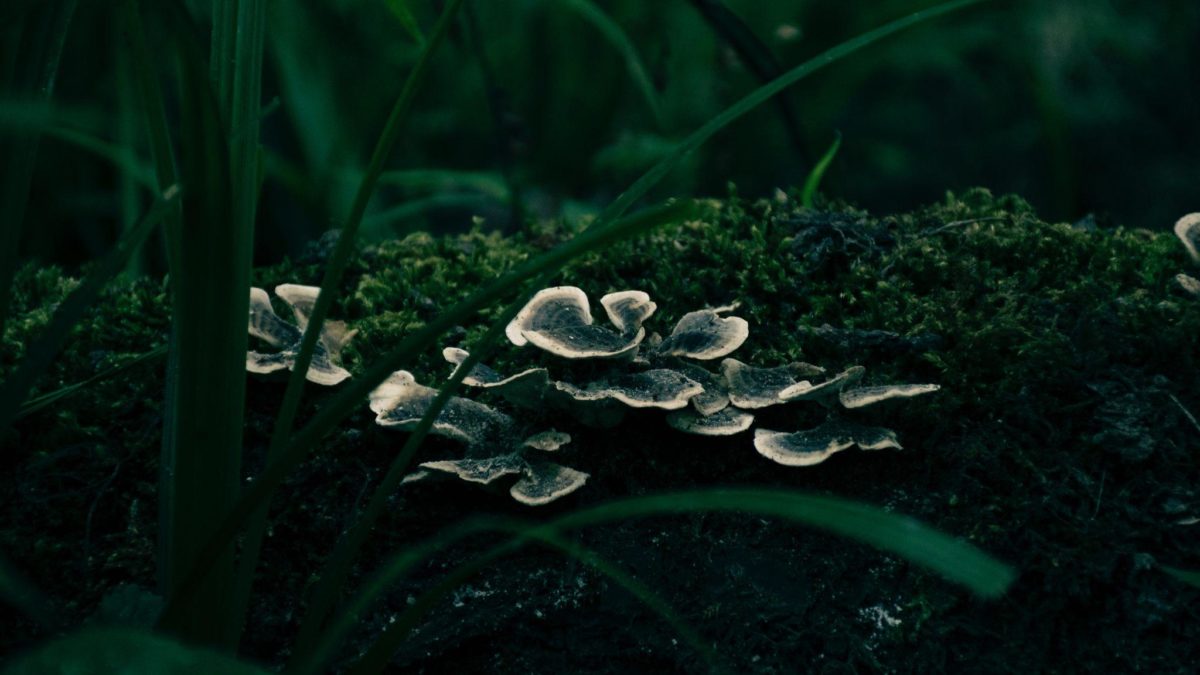
[…] Do you love the idea of having fresh mushrooms at your fingertips? Here is a guide on how to grow your own mushrooms in house plants! […]